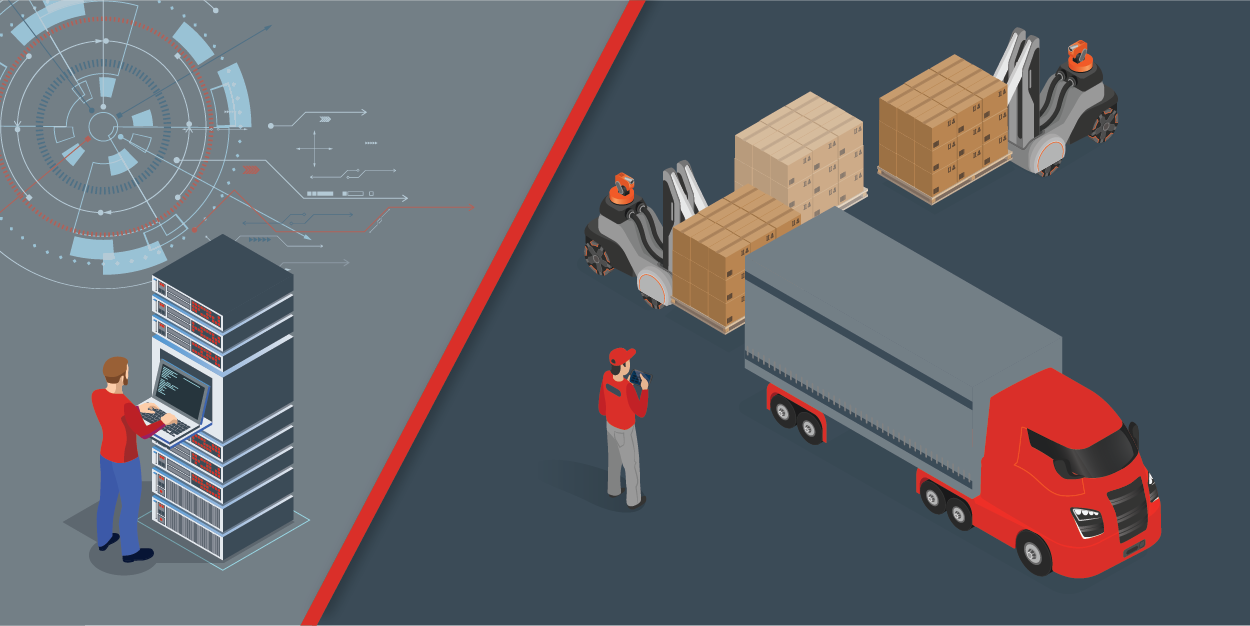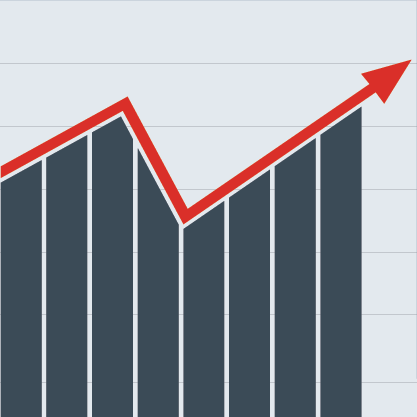
In the transportation industry, there are numerous technologies designed to help supply chain professionals process the tons of data they receive every day. However, much of this data is historical – what happened after a service failure or issue has already occurred and the company is dealing with ramifications such as fines or unhappy customers.
One of the most promising new technologies in the transportation industry is predictive analytics. Rather than looking in the rearview mirror, this technology, using artificial intelligence (AI) and machine learning, allows a windshield view of what is ahead with actionable information.
Here are the top 3 reasons why you need predictive analytics in transportation management:
Prevents service failures
Implementing predictive analytics into your transportation management process can help predict service failures before they happen. If a product is going to a manufacturing facility with a just-in-time (JIT) inventory environment, service failures can cause a line or even a plant shutdown, resulting in extremely high costs. Service failures and late loads on their way to a big-box distribution center can result in substantial fines incurred by the customer, which add up over time and hurt bottom lines.
 Predictive analytics takes in your operation’s data – historical transit times, weather, and patterns in carrier service failures – applies it to its algorithms and provides real-time insight into the status of late shipments. Many supply chain professionals do not know a shipment will be late until it is already late or is so far along in the process that there is nothing you can do about it. Predictive analytics sends alerts ahead of failures to give customers enough time to look for alternative modes to prevent failures or at least minimize the impact.
Predictive analytics takes in your operation’s data – historical transit times, weather, and patterns in carrier service failures – applies it to its algorithms and provides real-time insight into the status of late shipments. Many supply chain professionals do not know a shipment will be late until it is already late or is so far along in the process that there is nothing you can do about it. Predictive analytics sends alerts ahead of failures to give customers enough time to look for alternative modes to prevent failures or at least minimize the impact.
Provides insight on market and pricing trends

Shipping rates are a moving target, making it challenging to purchase transportation services at fair, yet competitive, prices. Predictive analytics goes beyond the analysis of historical pricing and general market trends, unlocking visibility into current pricing ranges and real-time trends. This allows companies to better balance the dual responsibilities of reducing total supply chain costs and meeting service levels.
Allows flexibility in labor and volume planning
 The labor market is a constant pain point for logistics companies facing the scarcity of a workforce in high demand. Warehouses and distribution centers must be able to proactively predict swings in their customers’ business volume to respond agilely to fluctuating labor demands. Most operations are stuck reacting to heavy volumes of shipments without the workforce capacity needed to meet their customers’ needs. Predictive analytics leverages real-time internal and external data signals to accurately predict demand volume, allowing companies to optimize labor levels and effectively handle customer needs.
The labor market is a constant pain point for logistics companies facing the scarcity of a workforce in high demand. Warehouses and distribution centers must be able to proactively predict swings in their customers’ business volume to respond agilely to fluctuating labor demands. Most operations are stuck reacting to heavy volumes of shipments without the workforce capacity needed to meet their customers’ needs. Predictive analytics leverages real-time internal and external data signals to accurately predict demand volume, allowing companies to optimize labor levels and effectively handle customer needs.
Anyone can buy the newest solution or system, but ensuring you have a partner with an eye for innovation that brings these tools together to provide end-to-end supply chain visibility is vital to optimizing your transportation management. Kenco’s supply chain solutions group and advanced analytics team specialize in applying these solutions to fit the supply chain world, allowing customers to focus their innovation on their core products and overall customer experience.
